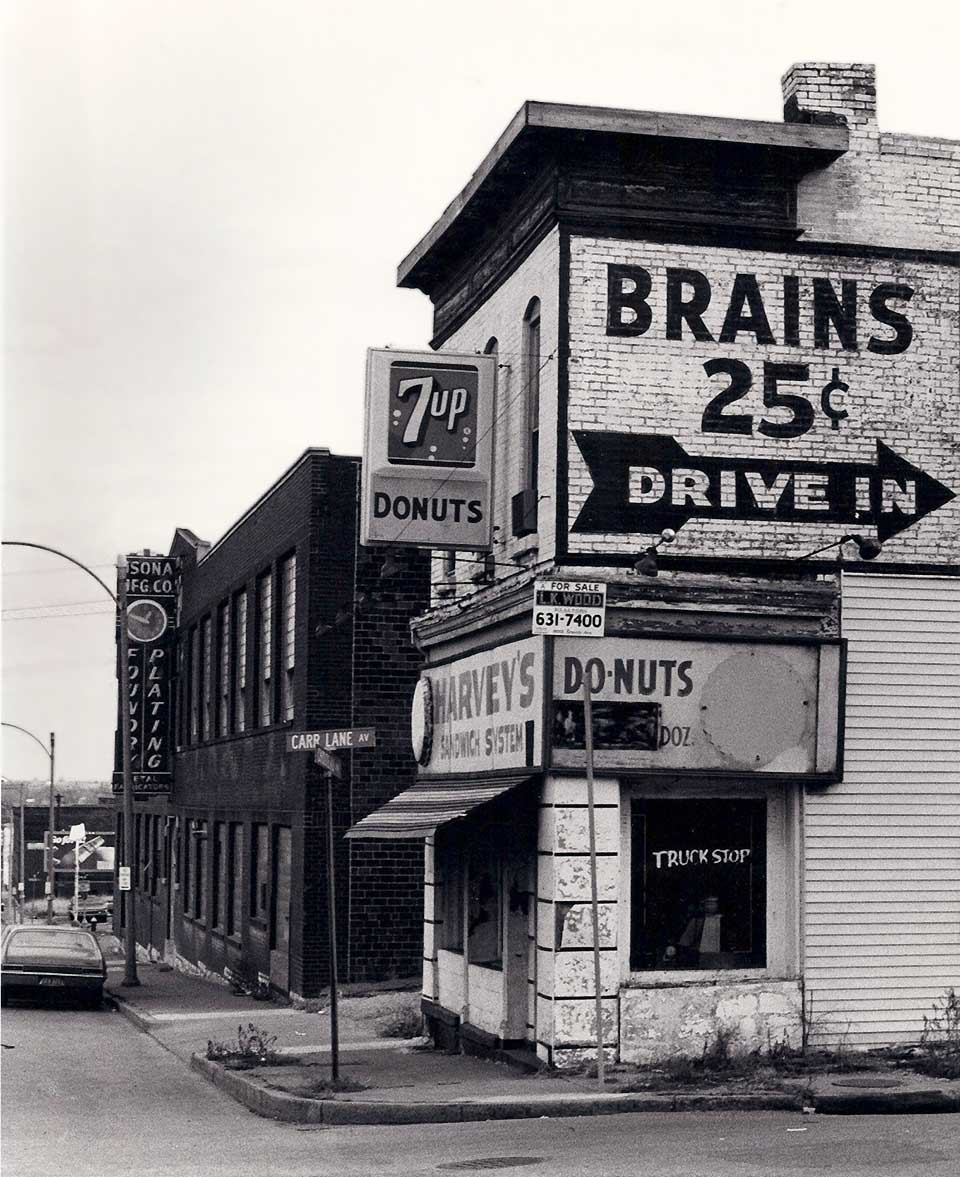An innocent tweet from Marc Hulet (of Fangraphs fame) got me thinking about a few things. First, I thought of Cecil's rapid evolution towards a cagey, soft-tossing lefty before his time.
Then I thought of the old Medical School
posts I
wrote on Halladay's sequencing. Then I thought of delicious sandwiches.
After lamenting the first and enjoying the third, I came back to the second. Why not take a look at what Cecil did against the Twins on Sunday? See if he actually changed speeds and angles or whatever.
Everything started out well enough, right up until I realized that GAMEDAY HATES BRETT CECIL. The biggest casualty of Cecil's disappearing velocity is the ability of these poor, overworked robots to discern what in the Hell Brett Cecil throws.
After some time I'll never get back and a little tweaking (with Excel 2003 at home, sad face) I took Marc's tweet literally and laid out Brett Cecil's first inning below. Let's travel along with the increasingly crafty lefty and see what worked for him against the Twins during the opening frame.
As a refresher: to properly read these graphs, imagine you are the catcher or umpire. The pitches are coming towards you (from the right hand-side of the image in this case, as Brett Cecil throws with his left hand.)
The RED dots are four seam fastballs, the BLUE dots are two seamers/sinkers, and the green dealies are change ups. Swinging strikes are X'd, called strikes boxed, and balls circled. Foul balls are starred and indicated as such. The bigger the point, the
slower the pitch.
The batters are Denard Span (L), Tsuyoshi Nishioka (R), and Delmon Young (R). The strike zone is standardized...mostly. It is pretty much Span's zone for all three bros, which only affects Nishioka in any real way. Here we go.

Great start for Cecil! A Brett Cecil Attempted Four Seamer starts Span off 0-1. First pitch of the game, not a bad time to groove one. Next, Cecil opts for the sinking two seamer under the hands, which Span swings right through. Awesome. 0-2 on the leadoff man is a great way to live.
Cecil (and Arencibia, it should be noted) then attempt to trick poor Denard. Throwing a similar-looking pitch — the change up — in the same spot. The pitch is too far inside and too low, so Denard takes. 1-2.
Rather than waste a pitch, Cecil crosses Span up by coming with one of his "fast-balls" down and away. Span freezes, strike three. Cue cheering, ball thrown around the horn, goggle adjustments. Up next is Tsuyoshi Nishioka, a.k.a. Not Ichiro.

Again, the bottom of Nishioka's strike zone is a little higher than shown here, making the first pitch fastball down and away a clear-cut ball. Cecil then pounds the same spot again and gets the call, evening the count at one.
The slappy Nishioka figures to get defensive with the next pitch so Cecil and Cibia come way inside with a two seamer, a pitch that likely started on the edge of the plate. Nishioka takes and jumps ahead 2-1.
Cecil doesn't want to fall behind a guy without much power (he and I assume, because we're probably racist) so he comes back over the plate. But, as he plays in the American League East, it is a change-up, not a fastball. Nishioka swings through it and immediately regrets many decisions made over the last six months.
With the count now even at two, Cecil throws his BFF change-up on the inner half, freezing the Twins second baseman. Great job of keeping an inexperienced hitter off balance. Two down and up steps the free-swinging Delmon Young.

Despite my "free-swinging" billing, Cecil throws two straight sinkers up and over the plate to Young. Delmon fouls them both away, finding himself in a 0-2 hole.
Cecil then dials up his four seamer, buzzing Young's tower with the highest velo'd fastball he threw all afternoon. Good job of giving Young something to think about and "changing his eye level", as they often say.
Still in the driver's seat against a guy allergic to walking, Cecil goes to his new out-pitch: the change-up. For the second straight time, he throws the change in search of the strikeout.
And a strikeout is exactly what he gets as Young swings through the well-placed change down in the zone. Inning over! Parade planning under way!
This was, sadly, the high point of Cecil's day. He didn't look great at points on Sunday, seeming to battle fatigue as his velocity slipped as the day wore on.
If this is mechanical issue as the Tao and Cal from MUD discussed on Twitter, perhaps Walton and the new bossman can fix it. As he showed in this snapshot, he can mix it up and miss bats in a real way. If it is a health issue...getting it figured out sooner rather than later is preferable. This team will need him come October.
Pitch F/X data courtesy of Brooks Baseball. Get used to reading that.


































